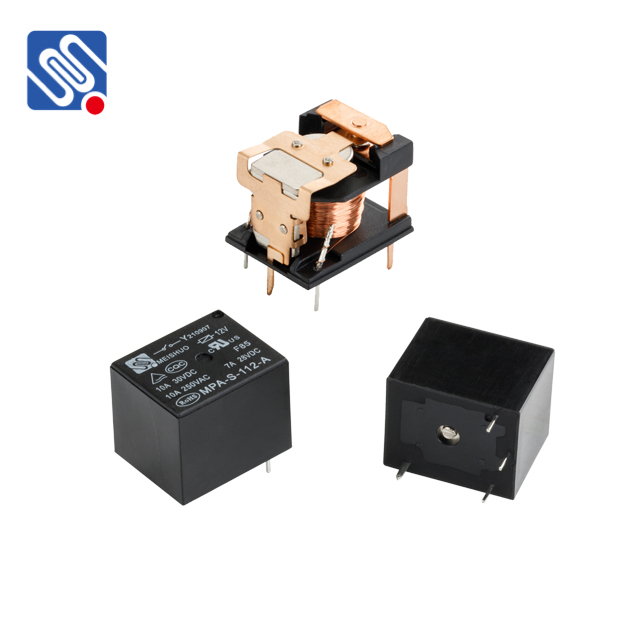understanding relay datasheet: a comprehensive guide to relay specifications
Release time:2025-10-19 03:13:31
A relay datasheet is an essential document for engineers, designers, and technicians working with relays in electrical systems. It provides detailed technical specifications and operational characteristics of a relay, helping to determine whether a particular relay is suitable for a given application. This document is crucial for understanding the performance and limitations of the relay, ensuring that the correct relay is chosen for the right task. In this article, we will break down the key elements typically found in a relay datasheet and explain their significance in the selection process.

1. Operating Voltage and Current
The first and most important aspect of a relay datasheet is the operating voltage and current ratings. This information indicates the voltage required to activate the relay and the current that the relay can handle through its contacts. The datasheet will typically list the coil voltage, such as 5V, 12V, or 24V DC or AC, and the maximum voltage that the relay can safely switch. It will also specify the current rating for each contact, which can vary depending on the relay’s design.
For example, a datasheet for a relay might specify that the relay can handle a maximum of 10A at 250V AC for the contacts. If the relay is to be used in a circuit where the voltage and current exceed these limits, it could lead to malfunction or failure.

